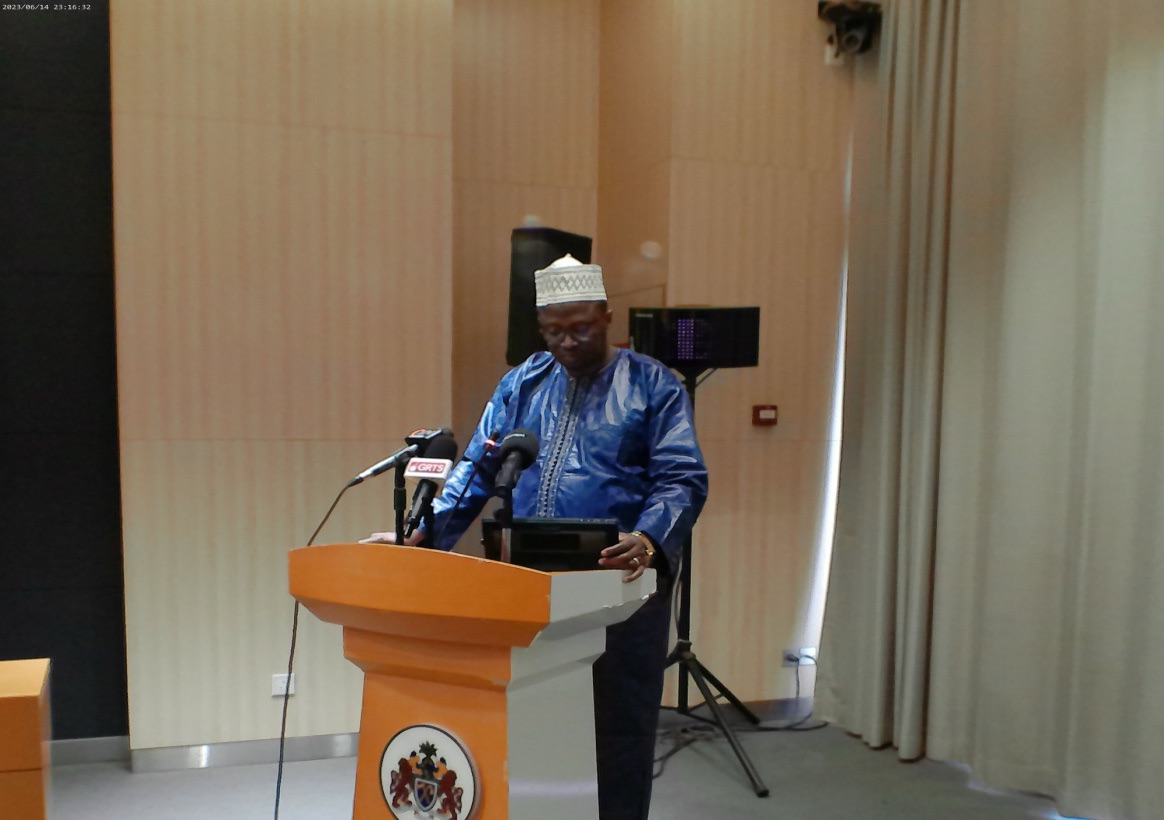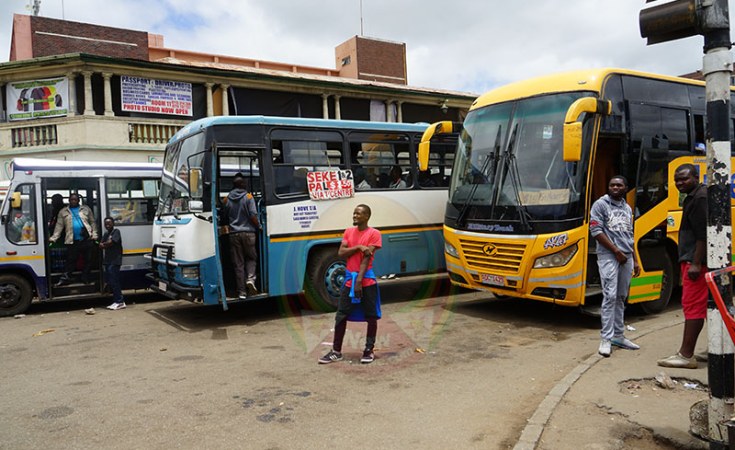By Yunus S Saliu
One-third of the 420 million youth aged 15-35 years has been stated to be unemployed and discouraged while another third are vulnerably employed, and only one in six is in wage employment.
This was disclosed by the Minister of Trade, Industry, Regional and Employment on Saturday while presiding over the inauguration of the National Employment Technical Committee (NETC), a ceremony held at the Sir Dawda KairabaInternational Conference Center, Bijilo on Saturday.
He said according to a recent report on Africa youth face roughly double the unemployment rate of adults with significant variations by country.
Also, “The African Development Bank recently reported that while 10 million to 12 million youth enter the workforce in Africa each year, only 3 million formal jobs are created annually meaning up to nine million of them could be unemployed at some point. The ILO on their part reported that by 2050, the African continent will be home to a quarter of the world’s workforce. According to the report, every year, around 20 million young people enter the African labour market, yet, there is no guarantee that they will find work, let alone decent employment. The usual suspects, such as urbanization, the climate crisis, digitalization, population growth, consequences of the COVID-19 pandemic and political conflict aggravate the unemployment crisis and increase the perinial social inequalities,” he disclosed further.
Minister Joof, explained that the current unemployment situation in Sub-Saharan Africa including The Gambia, prompted Professor Robert Kappel, to call for a rethink and the deployment of more unconventional measures by African governments and their international partners. He urged them to encourage greater participation of civil society in searching for solutions, particularly trade unions, and also better integration of small and medium-sized enterprises in the global economy.
“He argued that it is unlikely that Africa’s economic growth alone will create the necessary jobs for her population. The impending job crisis as he said can no longer be resolved with traditional methods which have failed to live up to expectations. With the pressing need for a new paradigm shift on the horizon, he recommends a new endogenous economic policy approach in Africa as he believes that employment opportunities must be improved through industrialization, urban-rural linkages, and by connecting foreign investment and local entrepreneurship,” the Minister added.
The recent labour Force Survey of 2023, the Minister of Trade continued, has not depicted a different picture from what has been shown above, “The Labour Force Participation Rate (LFPR) is estimated at 43.6%. Meaning on average, four in ten persons of working age are engaged in the Labour Market by either working or being unemployed. The labour force participation rate is higher for males at 47.9%, than for females which are at 39.6%.”
“The combined rate of unemployment and potential labour force is 31.6% which gives a better reflection of the unemployment situation in the country. These figures no doubt revealed the enormity of the task that lies ahead of us as a nation, but more so, you the National Employment Technical Committee in particular,” the Trade Minister noted.
According to him, The Gambia like many Least Developed Countries, particularly in Sub-Saharan Africa, continues to face significant developmental challenges.
Noting that “The continuous deterioration of the employment situation in the country, compelled Government in 2008 to design the first National Employment Policy and Action Plan (2008-2012), and the priority action plans of the policy were developed into a project called (GAMJOBS) with the support of development partners.
“To implement the policy, the project helped to create an institutional structure called Platform for Employment Networking, Dialogue and Action (PENDA), a partnership framework of state and non-state actors that were engaged in a process of permanent dialogue in building coherent positions on the mainstreaming of employment at all levels of national development, particularly for youth and women,” he explained.
However, he noted that PENDA comprises two distinct networks: the State Actors for Employment (SANE) and the Employment Network of Non-State Actors (ENNSA). SANE comprises public sector institutions involved in policy, regulations, training, and promotions related to employment in agriculture, fisheries, infrastructure, tourism, trade, cultural industries, and microfinance sectors of the economy. ENNSA on the other hand comprises non-state organizations involved in the promotion, research, advocacy, training, and generation of employment through their interventions.
Following the conduct of Labour Force Survey 2012 and 2018, Minister Joof said, both of which showed indicting unemployment and underemployment numbers compounded by the devastating impact of COVID-19, the Government had no option but to formulate a more robust, responsive and ambitious National Employment Policy and Action plan to address the situation. The new Policy which was launched by His Excellency President Adama Barrow in November 2022 has a target of creating 150,000 before the end of the policy life cycle.





